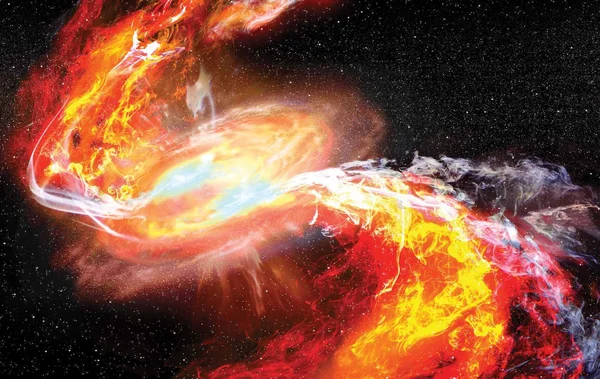In the vast theater of the universe, the most dramatic moments in a star’s life often end not with an explosion, but with silence. After billions of years burning brightly, a star like our Sun exhausts its nuclear fuel and sheds its outer layers, leaving behind a dense, glowing core known as a white dwarf. Though small in size, this remnant contains nearly the entire mass of the original star — compressed into an object no larger than Earth.
White dwarfs no longer produce energy through fusion. Instead, they shine faintly due to residual heat, slowly cooling over billions of years. Their gradual dimming represents the quiet, inevitable end of stellar evolution, a cosmic reminder that even stars, like all things in nature, must fade. Astronomers study these remnants to understand the age and history of our galaxy, since their predictable cooling rate acts like a universal clock.
Eventually, every white dwarf will cool to become a “black dwarf,” a cold, dark object invisible to the universe. Though none exist yet — the universe isn’t old enough — this final transformation completes the stellar life cycle. The story of white dwarfs reminds us that even in silence, the universe continues its endless rhythm of birth, transformation, and renewal.





